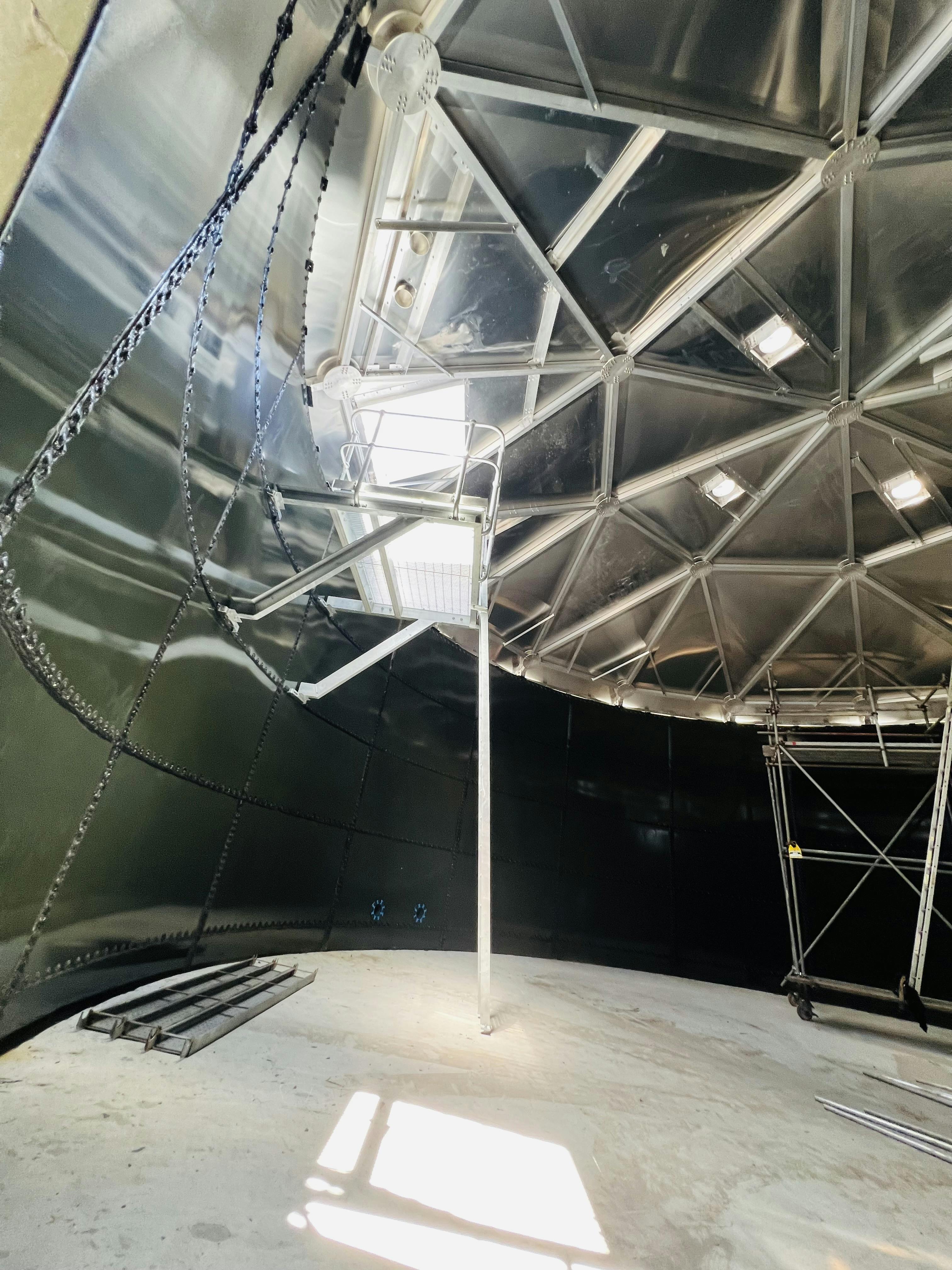Local Water Done Well (LWDW)
* THIS SUBMISSION PERIOD IS NOW CLOSED. THANK YOU TO ALL WHO TOOK THE TIME TO RESPOND.*
Who should manage Grey District's water services in the future. Should we join forces with Buller and Westland District councils?
Delivering water services has always been a core Council responsibility. Collectively known as "three waters", water supply, wastewater collection, treatment and discharge, and stormwater management are crucial to well-functioning and healthy communities.
The Government's new Local Water Done Well policy and associated legislation requires all councils to consider how they will manage and deliver these services in the future. This is to ensure your drinking water remains safe to use, sources of drinking water are adequately protected, and your three waters are managed in financially sustainable ways. With a back log of work there is a cost to ratepayers.
One of our district's biggest decisions in decades
The West Coast councils are signalling they want to join forces to manage and improve drinking water, wastewater, and stormwater services. This could save ratepayers about $1000 a year, compared to keeping services in-house.
The Government is reforming the sector, and has made it clear the status-quo is not an option, in the wake of the Havelock North water contamination. The Grey, Buller and Westland councils are asking the West Coast public for feedback options.

What are our options?

What are our options?
We invite your feedback on two options for managing and making decisions on how our water services are delivered in future.
Preferred option 1- "Multi-council" CCO (Council Controlled Oganisation)
This would be a water organisation jointly owned by the Grey, Westland and Buller District councils.
Benefits:
- most affordable for ratepayers
- save money by procuring joint contracts/supplies/sharing software & vehicles
- streamlining decision making
- lower water charges
The three councils would appoint representatives to a joint committee known as a shareholder council, which would appoint a skills-based board of directors.
Councils - including elected members - would not be involved in day-today decisions. It would be independent of each council.
The CCO would be responsible for its own funding and charging customers. It would take on council water-related debt.
Within 10 years, residential ratepayers could be paying around $2550 per year for water services under this option. This figure drops to $2232 in 20 years.
*These numbers are in today's dollars and do not include inflation
Option 2 - "An in-house stand-alone" business unit (Not the preferred option)
Council would continue to deliver the district's water services as a stand alone business unit within Council.
Disadvantages:
- Higher water charges and less compliant
- Requires more staff to support reporting requirements
- It would not allow each council to borrow any additional money for water projects
- Council's debt levels increase under this option
Under this option, within 10 years, residential ratepayers could be paying around $3419 per year for water services. This figure drops to $3210 in 20 years.
*These numbers are in today's dollars and do not include inflation
What criteria were used to come up with the preferred options?
- Affordable, quality service delivery for Grey District residents
- Maintain regulatory compliance
- Meets the requirements of Water Services legislation for ring-fencing and financial sustainability
- Resilience to natural hazards and climate change
 Water for our future
Water for our futureIf we proceed, what happens next?
- The three mayors and councils will negotiate a common set of operating principals
- The three councils would work together on a transition plan. It would appoint representatives to a joint committee known as a shareholder council. This group would then set up the new organisation by appointing a skills-based board of directors. The shareholdiong council would create a "statement of expectations" outlining Council's expectations., determining priorities, and setting the strategic direction that would inform the decisions and actions of the organisation. The board of directors would be "skill based", meaning a mix of people with experience and skills in managing large organisations, various stakeholders and may have utility experience. The transition plan would include topics such as expected start date, iwi involvement, scope of delivery services, location, customer experience and staff transitions.
How could you have your say?
Read our LWDW Consultation Document to understand the options and their advantages and disadvantages, as well as what future water changes could cost customers. You could let us know who you think should manage and make decisions about your water services by:
- (Preferred) Completing our online submission form - view link below
- Attending one of our drop-in sessions see dates and times
- Printing the LWDW Submission Form to complete and drop into our GDC office 105 Tainui Street, Grey District Library Albert Street, or Westland Recreation Centre or scan submission form back to submissions@greydc.govt.nz
- Talk to a councillor. Councillor's contact details can be found here
Submissions closed at 5pm Monday 16 June 2025
Hearings and Deliberations
You can elect to speak to your submission at hearings scheduled for 2nd and 3rd July 2025 by checking the box in the submission form. All submissions will be taken into consideration when council makes a final decision on future water services on 16 July 2025
Once the Government approves the plan, implementation of the new water services organisation will be well under way. Government has given a deadline of July 2028 for all new arrangements to be in place.













